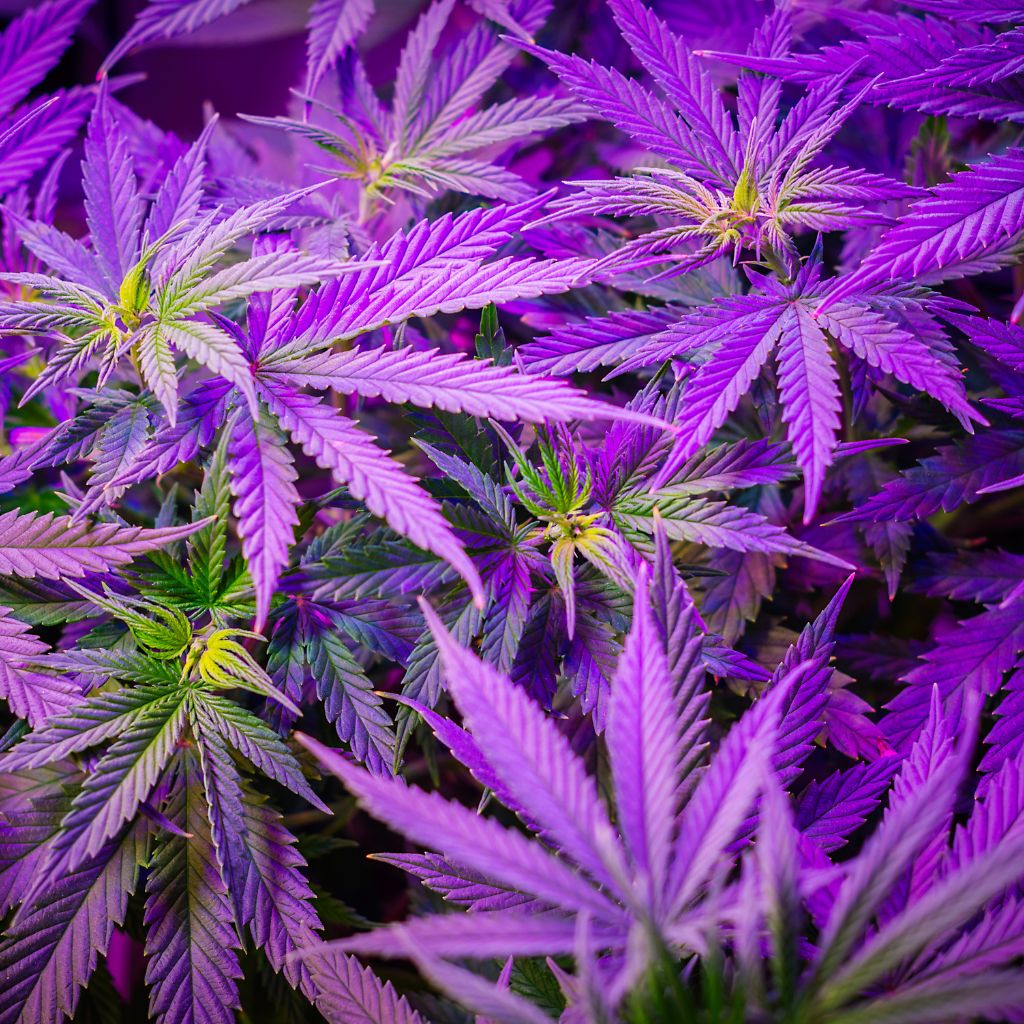Medical Cannabis: A New Breakthrough in Medicine and Hope for Patients

Introduction to Medical Cannabis
Definition of Medical Cannabis
Medical cannabis, sometimes also referred to as medical marijuana, is the term used to describe the use of the Cannabis sativa plant and its derivatives to treat various medical conditions. The plant is known for containing more than 100 different chemical compounds, known as cannabinoids, which have various effects on the human body.
Major cannabinoids and their effects
The most well-known cannabinoids include delta-9-tetrahydrocannabinol (THC) and cannabidiol (CBD). THC is the psychoactive component of cannabis that is responsible for the euphoric feeling often associated with cannabis use. CBD, on the other hand, is non-psychoactive and is known for its potential therapeutic effects such as relieving pain, inflammation and anxiety.
Medical uses of cannabis
List of diseases and symptoms that medical cannabis can treat
Medical cannabis is used to treat a wide range of diseases and symptoms. These include chronic pain, epilepsy, glaucoma, HIV/AIDS, multiple sclerosis, Parkinson's disease, post-traumatic stress disorder (PTSD) and many others. For example, for multiple sclerosis patients, medical cannabis can help relieve spasticity and pain, while for HIV/AIDS patients, it can help increase appetite and improve overall quality of life.
Research confirming the effectiveness of medical cannabis
There are a number of studies that confirm the effectiveness of medical cannabis in treating these diseases. For example, studies have shown that medical cannabis can be effective in relieving chronic pain, nausea and vomiting caused by chemotherapy and spasticity (muscle stiffness or spasms) caused by multiple sclerosis. Research also shows that medical cannabis can help improve sleep in people who suffer from chronic pain, fibromyalgia and post-traumatic stress disorder.
Safety of medical cannabis
Possible side effects and risks associated with the use of medical cannabis
Although medical cannabis can have many potential therapeutic effects, it is also important to be aware of the possible side effects and risks. These may include increased heart rate, dizziness, impaired concentration and memory, slowed reaction times, negative interactions with other drugs, increased risk of heart attack and stroke, increased appetite, potential for addiction, hallucinations or mental illness, and withdrawal symptoms. It is important that patients who use medical cannabis are under the supervision of a physician who can monitor any side effects and adjust the dosage as needed.
Interaction with other drugs
Medical cannabis can also interact with a number of other drugs, which can increase the risk of side effects. It is important that patients who use medicinal cannabis consult their physician about possible contraindications for the medications they are taking, including prescription drugs, over-the-counter medications and dietary supplements. For example, medical cannabis can increase the effects of medications that cause drowsiness, including some antidepressants, antihistamines, pain medications, anxiety medications, relaxants (muscle relaxants), and some medications for epilepsy and high blood pressure.
Legal status of medical cannabis in the Czech Republic and Europe
An overview of the legal status of medical cannabis in different European countries
The legal status of medical cannabis in Europe varies from country to country. Some countries, such as the Netherlands, Germany and Italy, have established medical cannabis programmes that allow patients to access medical cannabis on prescription. In other countries, such as France and Sweden, medical cannabis is still illegal, although discussions and research are ongoing in these countries about possibly changing these laws. In the Czech Republic, medical cannabis has been legal since 2013.
Discussions and research on changing the laws in countries where medical cannabis is still illegal
In some countries where medical cannabis is still illegal, there are discussions and research on possible changes to these laws. These discussions and research are often motivated by the growing body of scientific evidence on the potential therapeutic effects of medical cannabis. In France, for example, a pilot programme was launched in 2020 to allow certain patients access to medical cannabis as part of clinical research.
How is medical cannabis used?
Different forms of medical cannabis and how they are used
Medical cannabis is available in various forms, including dried flowers, oils, tinctures and capsules. The form that patients use depends on their specific medical needs, preferences, and the laws and regulations of their particular country. For example, dried flowers can be vaporized and inhaled for quick relief, while oils and tinctures can be taken orally or added to food for longer-lasting effects.
How often it is taken and how quickly it works
How often medical cannabis is taken and how quickly it works depends on the form in which it is administered and the specific symptoms it is trying to treat. For example, inhaling a vaporized form of cannabis may provide quick relief, while taking cannabis in capsule form may take longer to show effects. Patients should always consult with their doctor about how often and what form of medical cannabis they should use.
Future research and development
Current research and its potential impact on the future use of medical cannabis
Medical cannabis research is still in its infancy, but is developing rapidly. Many countries are investing in research and development of medical cannabis and its potential therapeutic effects. This research may lead to further changes in medical cannabis laws and policies in the future. For example, research is now focusing on the potential effects of medical cannabis on Alzheimer's disease, cancer, mental health and many other areas.
How medical cannabis laws and policies may evolve in the future
As research continues, it is also important that medical cannabis laws and policies are updated to reflect the latest scientific knowledge and ensure safe and effective access to medical cannabis for those who need it.
Conclusion
Summary of the main points of the article
Medical cannabis is increasingly recognised as a potentially useful treatment for a range of medical conditions. However, it is important to consult a physician about its use and be aware of possible side effects.
Importance of informing patients and healthcare professionals about medical cannabis
It is important that patients and healthcare professionals are informed about the latest research and laws regarding medical cannabis so that they can make an informed decision about its use. This includes understanding the different forms of medical cannabis, how to use it, what the side effects may be, and how it may interact with other medications.
